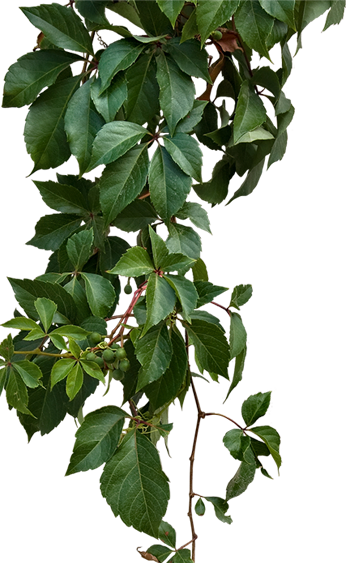
Understanding Photoperiodic Lighting
- Home
- Understanding Photoperiodic Lighting
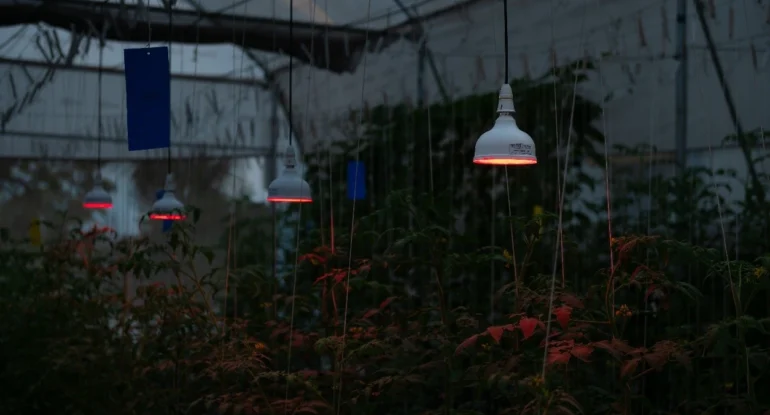
Understanding Photoperiodic Lighting
Introduction
Photoperiodic lighting is a method of managing light exposure to influence the growth and development of plants. This practice is essential in controlled environment agriculture (CEA), horticulture, and floriculture, where the natural photoperiod—the duration of light and darkness in a day—is modified to suit specific plant requirements.
Importance of Photoperiod in Plants
Plants rely on the photoperiod to regulate physiological processes such as:
1) Flowering: Many plants are classified as long-day, short-day, or day-neutral, based on their response to the length of daylight.
• Long-day plants: Require extended periods of light to flower (e.g., spinach, lettuce).
• Short-day plants: Need longer nights to initiate flowering (e.g., chrysanthemums, poinsettias).
• Day-neutral plants: Flower regardless of day length (e.g., tomatoes, cucumbers).
2) Vegetative Growth: Proper light management promotes optimal growth in the vegetative phase, enhancing leaf, stem, and root development.
3) Dormancy and Germination: Photoperiod influences seed germination and the breaking of dormancy in some plants.
How Photoperiodic Lighting Works
Photoperiodic lighting involves the use of artificial lights to:
1) Extend the Daylight Period:
• Supplement natural light during shorter days to create longer “daylight” hours.
2) Night Interruption:
• Provide a short burst of light during the night to prevent plants from perceiving it as a continuous dark period. This method is commonly used for long-day plants.
3) Dark Period Management:
• Ensure complete darkness for short-day plants during their required dark phase.
Key Features of Photoperiodic Lighting Systems
- Light Spectrum: Different wavelengths affect plant responses. Red and far-red light are critical for photoperiodic control.
- Intensity: Low-intensity light is typically sufficient for photoperiodic effects, making energy-efficient LEDs an ideal choice.
- Timing and Scheduling: Automated systems allow precise control over light schedules, ensuring accurate photoperiod manipulation.
Applications of Photoperiodic Lighting
1) Floriculture:
• Used to regulate flowering times and meet market demands, such as ensuring poinsettias bloom during the holiday season.
2) Vegetable Production:
• Enhances growth cycles in leafy greens and herbs.
3) Seed Production:
• Improves flowering synchronization and seed quality in crops.
Nexsel's Photoperiodic Lighting Solutions
At Nexsel, we offer perfectly designed lighting solutions tailored for photoperiodic lighting needs. Our systems ensure:
• Precision Control: Customizable lighting schedules to match plant-specific photoperiod requirements.
• Energy Efficiency: Advanced LED technology reduces energy costs without compromising performance
• Precise spectrum: Proven light recipes for optimal flowering, vegetative growth, and dormancy management.
• Durability and Reliability: Built to withstand the demands of controlled environment agriculture.
With Nexsel’s expertise, growers can achieve superior plant performance and meet market demands efficiently.
Conclusion
Photoperiodic lighting is a cornerstone of modern plant cultivation, offering growers precise control over plant development. With Nexsel’s advanced lighting technologies and expert guidance, photoperiodic lighting maximizes crop productivity while minimizing energy costs. For a successful implementation, trust Nexsel to deliver the perfect lighting solution for your crops.
- Blog Categories
- Basic of Artificial Lighting for Plants
- Basic of grow Light
- Case Studies
- General Awareness
- Indoor Vertical Farming
- Medical Plant Research
- Online Tool
- Pitch Grow Light
- Plant Lighting Measurement
- Speed Breeding
- Supplemental Lighting
- Tissue Culture Grow Lights
- Vertical Green Wall
- LED Grow Lights
- Pharma Segment
- General
Quick Link
Design & Developed By VBTEK


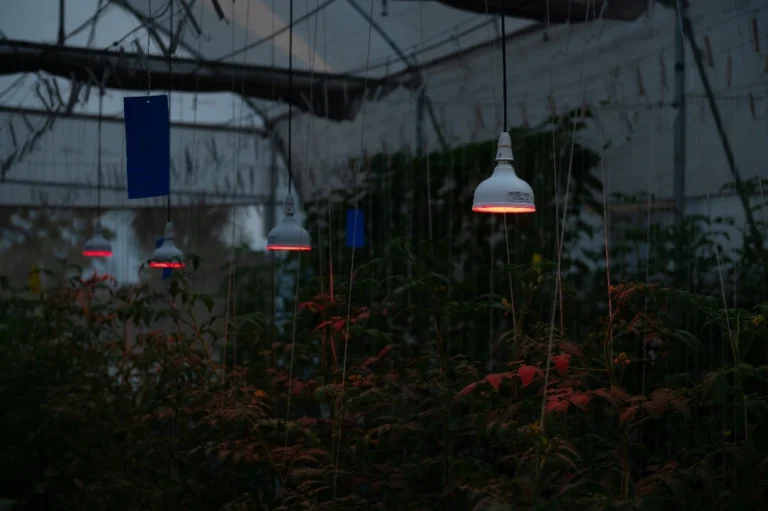
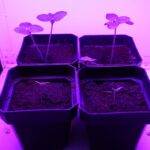
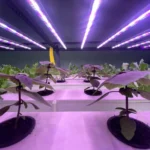
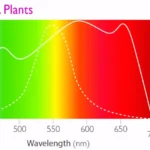
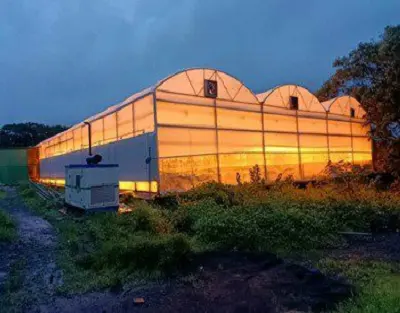
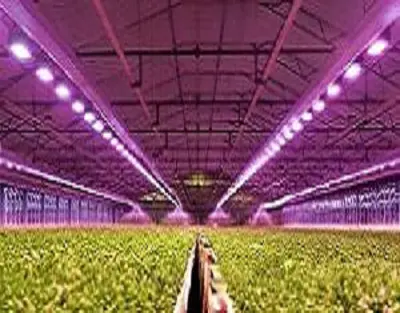
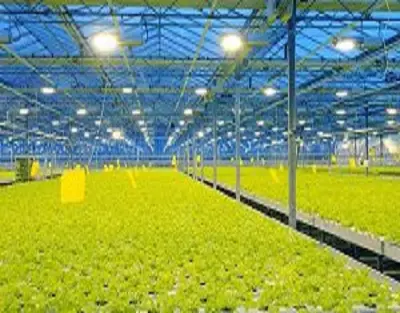


Leave A Comment